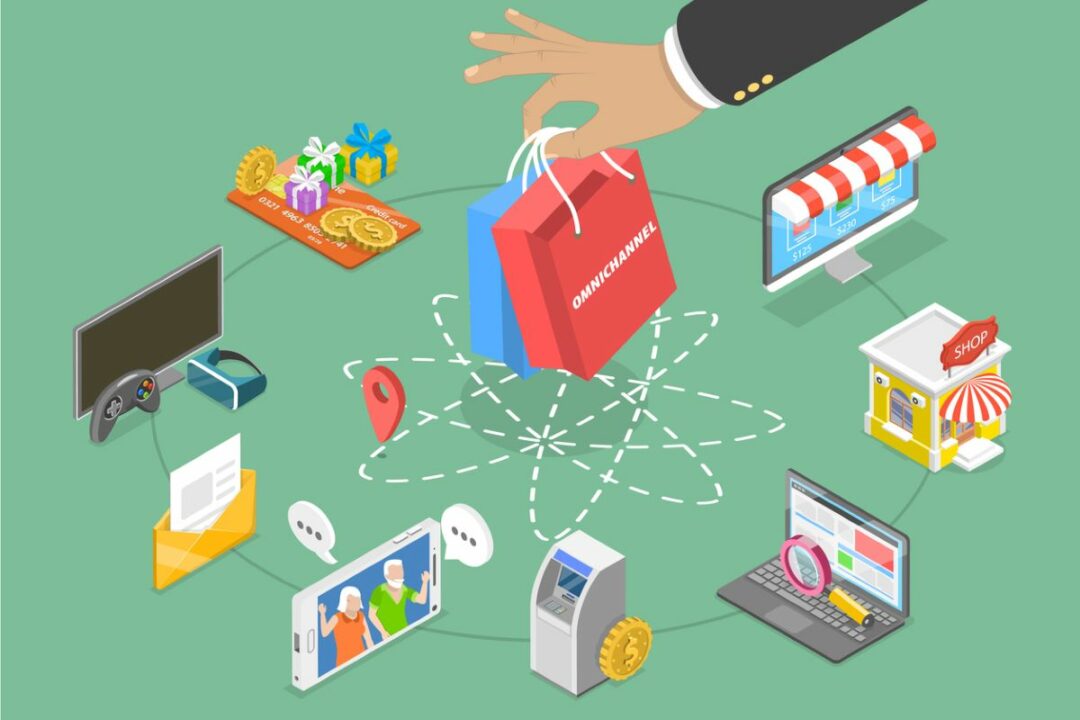
The retail industry has changed dramatically in recent few years, in line with evolving consumer habits, advances in technology and growing competition. Consumers today expect the ultimate convenience when they take advantage of modern retail offerings such as buy online, pick up in store (BOPIS) and buy online, return in store (BORIS). To attract and retain customers in today's commercial environment, retailers must be able to cater to consumer demands across all sales channels, and ensure that every touchpoint is seamless.
To achieve this, they need to deploy advanced omnichannel applications. Such tools provide a panoramic view of operations, from stock levels and customer purchase history all the way through to returns. In the process, they simplify key functions for retailer and customer alike.
Retailers today need to develop a unique selling point. One way to achieve this is through creation of a strong omnichannel strategy, involving access to real-time information about consumer shopping preferences, purchase history and frequency of purchases, both offline and online. A unified omnichannel system provides these valuable insights about customers, and enables retailers to tailor the customer experience.
As more businesses recognize the need for a consistent customer experience across platforms, adoption will increase. The majority of retailers believe that an omnichannel strategy is important. And the more brands that offer it, the more consumers will come to expect it.
An optimized omnichannel strategy increases customer loyalty. According to a recent survey from PwC, even if shoppers love a brand, 59% will leave after several bad experiences, and 17% will leave after just one. With the right omnichannel approach, retailers can boost customer satisfaction in a variety of ways, such as providing loyalty rewards that can be redeemed online or in-store.
For retailers, it can be difficult to determine which application is the best. The most common mistake is viewing their omnichannel strategy as an add-on, and not an integral piece of the operation. This can result in a disconnect between channels, and cause unnecessary complexities due to the need to manage multiple ecosystems.
Yet another factor to consider is integration of back-end systems, including finance, merchandising, order management, inventory, analytics and point of sale (POS). It’s critical to understand the cost and implications of integrating existing systems, to ensure that the retailer is able to meet demand of the moment. When Black Friday arrives, can it handle the spike in volume, and keep track of inventory in real time? It’s crucial to select the right technology partner with experience across systems and technologies.
An all-encompassing system provides a single, comprehensive view of all retail operations, and can be accessed remotely from anywhere in the world. It should be able to provide personalized recommendations based on data and performance, be scalable, and be open to future updates and integration.
Retailers must recognize that their digital and physical sales channels don’t exist in silos. Most fail to personalize the offline journey of customers, with data collected only at point of sale, rather than throughout the customer journey. This is a missed opportunity, especially since 76% of consumers have changed stores, brands or the way they shop as a result of the pandemic, and consumer loyalty has been shaken.
To sustain long-term growth, retailers must connect their online presence with their physical stores. Despite growing customer demand for a digital experience, physical stores won’t be going away anytime soon. On the contrary, they’ll take on new responsibilities to better support an omnichannel retail strategy.
These factors, along with increased personalization and access to massive amounts of customer data, make omnichannel strategies critical for survival in the new retail era. While the process is complex, it can be greatly simplified with the right automation and technological applications. The days of a successful brand being driven solely by one channel are over. Everything retailers do today requires strong coordination of cross-functional teams, from online to in-store operations. And everything begins with a clear understanding of consumer expectations.
Amber Hovious is vice president of marketing and partnerships at Teamwork Commerce.







